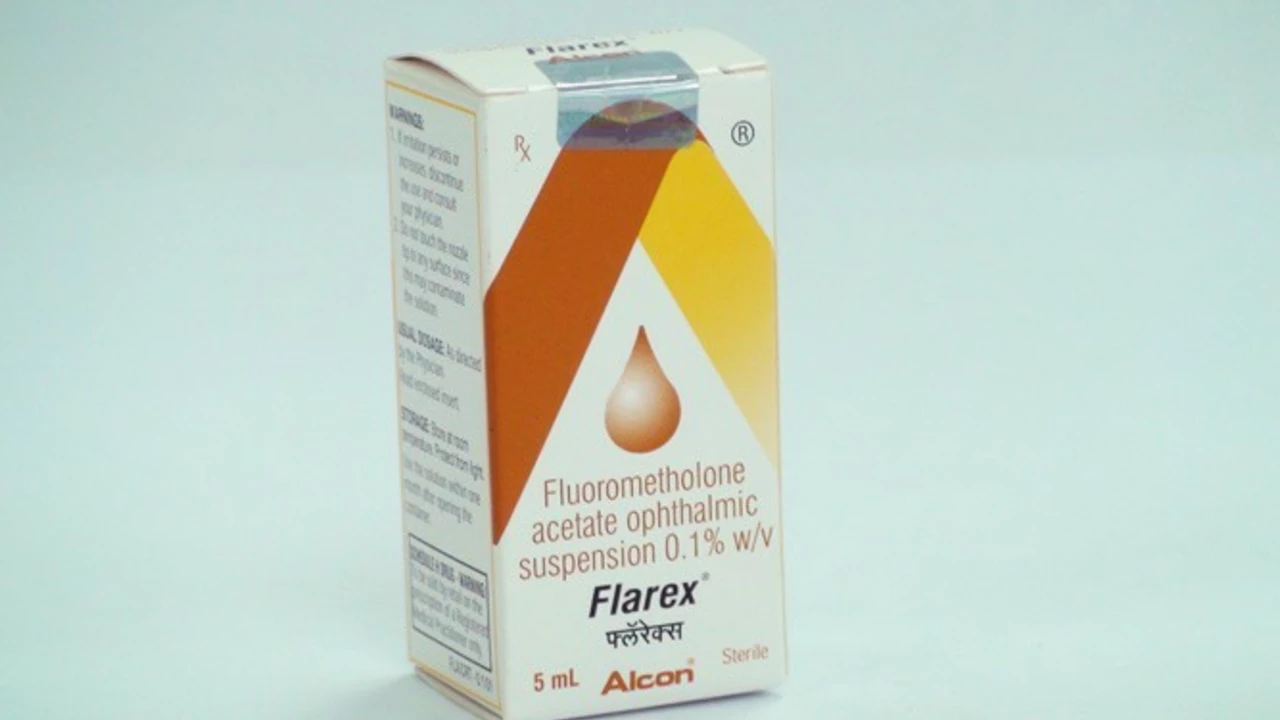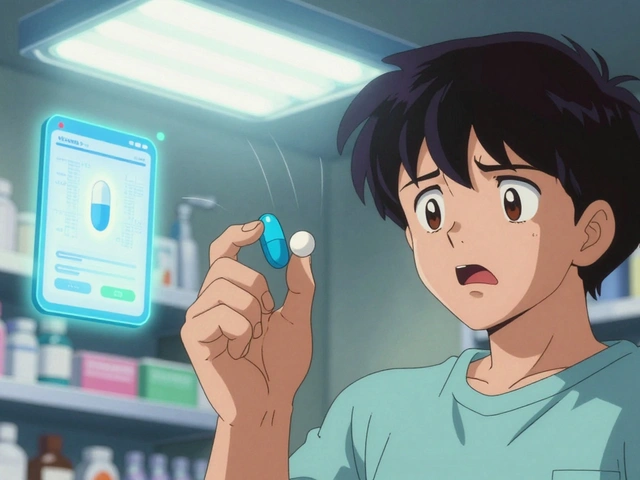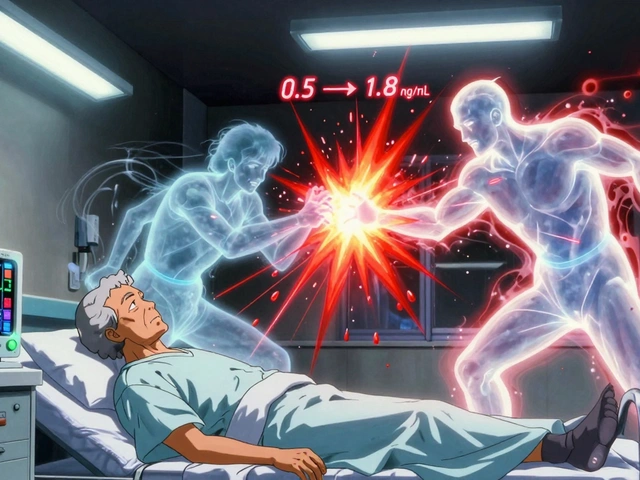Fluorometholone eye drops — what you need to know fast
Steroid eye drops like fluorometholone can calm serious eye inflammation quickly, but they can also cause problems if used the wrong way. If your doctor prescribed fluorometholone, you’ll want clear, practical steps to use it safely and get the best results.
Fluorometholone is an ophthalmic corticosteroid used for short-term control of inflammation in conditions such as post-surgery inflammation, allergic conjunctivitis, and certain forms of uveitis. It’s milder than some steroid drops but still powerful enough to raise eye pressure or slow healing if misused.
How to use fluorometholone safely
Always follow the exact dose your eye doctor gives you. Typical instructions are one to four drops a day depending on severity, then tapering off over days or weeks. If it’s a suspension (you’ll see tiny particles), shake the bottle before each use so the medicine spreads evenly.
Use clean hands. Tilt your head back, pull down the lower lid to form a small pocket, squeeze one drop in, then close your eye for 30–60 seconds. Don’t touch the dropper tip to your eye or anything else — that spreads germs. If you wear contact lenses, remove them before using the drops and wait at least 15 minutes to put them back unless your doctor says otherwise.
Wait 5–10 minutes between different eye drops to avoid washing one out with another. If you accidentally miss a dose, give it when you remember unless it’s almost time for the next dose. Don’t double up.
Side effects and when to call your doctor
Common, mild side effects include burning, stinging, temporary blurred vision, or a mild headache. More serious risks include increased intraocular pressure (leading to glaucoma), cataract formation with long-term use, delayed corneal healing, and making eye infections worse.
Stop the drops and contact your doctor right away if you get worsening eye pain, a big drop in vision, a red eye that gets worse despite treatment, sensitivity to light, or signs of a new infection (pus, severe swelling). Your doctor may measure your eye pressure while you’re on the medicine, especially during longer courses.
Tell your doctor about other eye conditions, past eye surgery, or current medications. Some conditions make steroid drops more risky. If you have herpes simplex eye disease, steroids can worsen it without an antiviral used at the same time.
Storage is simple: room temperature, away from direct heat and light. Note the expiry date and discard any opened bottle after the time recommended on the label or by your pharmacist.
Buying online? Fluorometholone is prescription-only. Use licensed pharmacies with clear contact info and pharmacist access. Avoid unusually cheap, no-prescription sellers — products could be counterfeit or unsafe.
If you’re unsure whether fluorometholone is right for your condition, ask your eye doctor about alternatives like loteprednol (a softer steroid) or non-steroidal anti-inflammatories. Stick to what your clinician recommends, and schedule follow-up checks if your symptoms don’t improve as expected.





